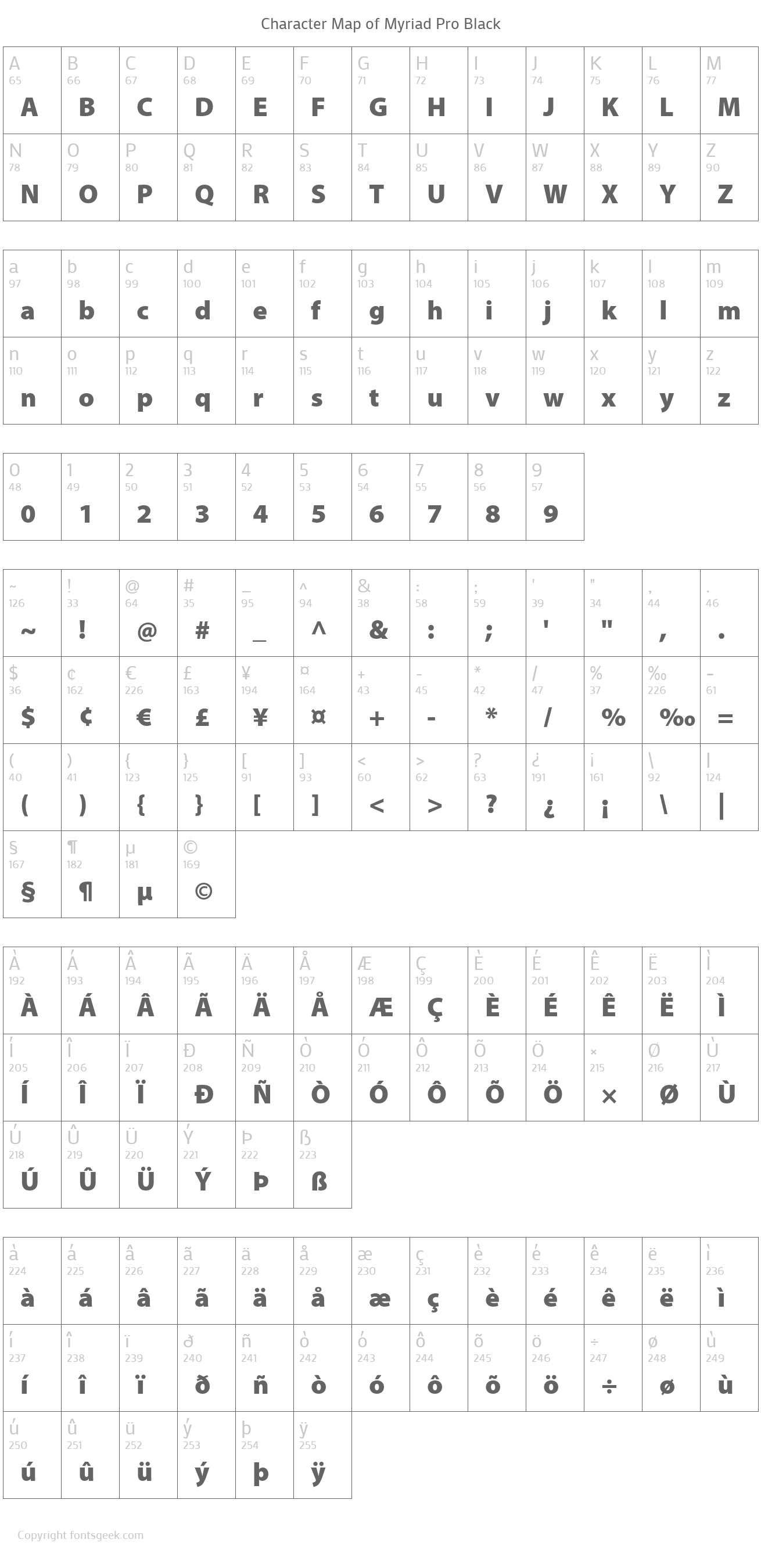
- #Adobe fonts similar to arial black how to#
- #Adobe fonts similar to arial black full#
- #Adobe fonts similar to arial black Pc#
- #Adobe fonts similar to arial black crack#
Many type manufacturers in the past have done knock-offs of Helvetica that were indistinguishable or nearly so. They could very easily have done that and gotten away with it. What is really strange about Arial is that it appears that Monotype was uncomfortable about doing a direct copy of Helvetica. But to an experienced designer, it was like asking for Jimmy Stewart and getting Rich Little.
#Adobe fonts similar to arial black how to#
(See “ How to Spot Arial”) After all, most people would have trouble telling the difference between a serif and a sans serif typeface.

To the untrained eye, the difference was hard to spot. Because it matched Helvetica’s proportions, it was possible to automatically substitute Arial when Helvetica was specified in a document printed on a PostScript clone output device. At a glance, it looks like Helvetica, but up close it’s different in dozens of seemingly arbitrary ways. One PostScript clone, sold by Birmy, featured a Helvetica substitute developed by Monotype called Arial.Īrial appears to be a loose adaptation of Monotype’s venerable Grotesque series, redrawn to match the proportions and weight of Helvetica. These PostScript “work-alikes” were usually bundled with “look-alike” fonts, since the originals were owned by Adobe’s business partners. This effectively forced Adobe’s hand, causing them to release the secrets of the Type 1 format to save themselves from irrelevancy.Īround the same time, PostScript “clones” were being developed to compete with Adobe. TrueType was a more open format and was compatible with-but not dependent on-PostScript. While Microsoft worked on TrueImage, a page description language, Apple developed the TrueType format. Apple and Microsoft signed a cross-licensing agreement to create an alternative to Adobe’s technology.
#Adobe fonts similar to arial black crack#
Adobe wanted the high end of the market all to itself.īy 1989, a number of companies were hard at work trying to crack the Type 1 format or devise alternatives. Anyone else who wanted to make or sell fonts had to settle for the inferior Type 3 format. If you wanted Type 1 fonts, Adobe was the only source. Adobe provided information on making Type 3 fonts, but kept the secrets of the superior Type 1 font technology to itself. Type 1 fonts included “hints” that improved the quality of output dramatically over Type 3 fonts. There were two kinds of PostScript fonts: Type 1 and Type 3. Led by the Macintosh and programs like PageMaker, and made possible by Adobe’s PostScript page description language, anyone could do near professional-quality typesetting on relatively inexpensive personal computers.īut there was a problem.


#Adobe fonts similar to arial black full#
They perhaps realized that if they had used knock-offs of popular typefaces, the professional graphic arts industry-a key market-would not accept them.īy the late eighties, the desktop publishing phenomenon was in full swing. Adobe licensed its fonts from the original foundries, demonstrating their respect and appreciation for the integrity of type, type foundries and designers. So in the early ’80s when Adobe developed the PostScript page description language, it was no surprise that they chose Helvetica as one of the basic four fonts to be included with every PostScript interpreter they licensed (along with Times, Courier, and Symbol). “When in doubt, use Helvetica” was a common rule.Īs it spread into the mainstream in the ’70s, many designers tired of it and moved on to other typographic fashions, but by then it had become a staple of everyday design and printing.

With its friendly, cheerful appearance and clean lines, it was universally embraced for a time by both the corporate and design worlds as a nearly perfect typeface to be used for anything and everything. More weights were added and it really began to catch on.Īn icon of the Swiss school of typography, Helvetica swept through the design world in the ’60s and became synonymous with modern, progressive, cosmopolitan attitudes. Later, Haas merged with Linotype and Helvetica was heavily promoted. It was developed by the Haas Foundry of Switzerland in the 1950s. Throughout the latter half of the twentieth century, one of the most popular typefaces in the western world was Helvetica. In fact, Arial is little more than a shameless impostor. Arial, however, has a rather dubious history and not much character. With typefaces, character and history are just as important. Not that homeliness is necessarily a bad thing for a typeface. It has spread like a virus through the typographic landscape and illustrates the pervasiveness of Microsoft’s influence in the world.Īrial’s ubiquity is not due to its beauty.
#Adobe fonts similar to arial black Pc#
Arial is a font that is familiar to anyone who uses Microsoft products, whether on a PC or a Mac. If you don’t know what it is, you don’t use a modern personal computer.


 0 kommentar(er)
0 kommentar(er)
